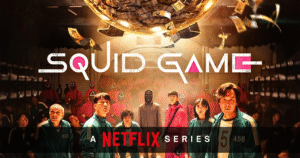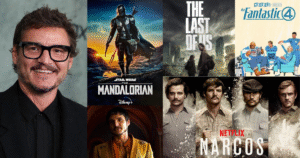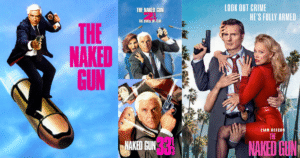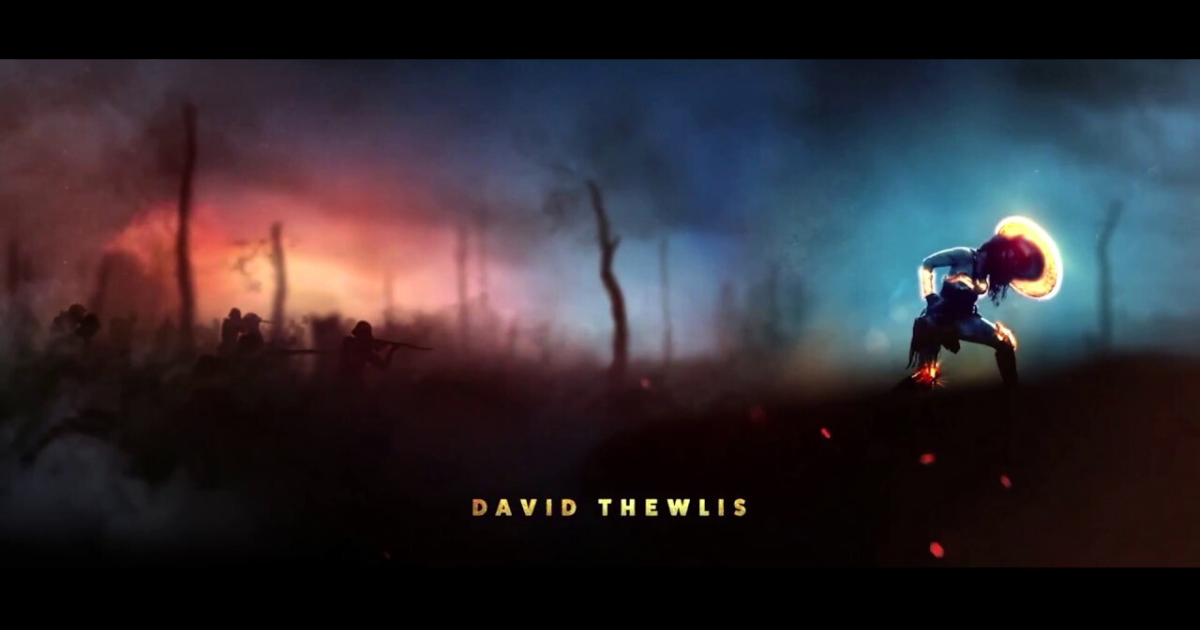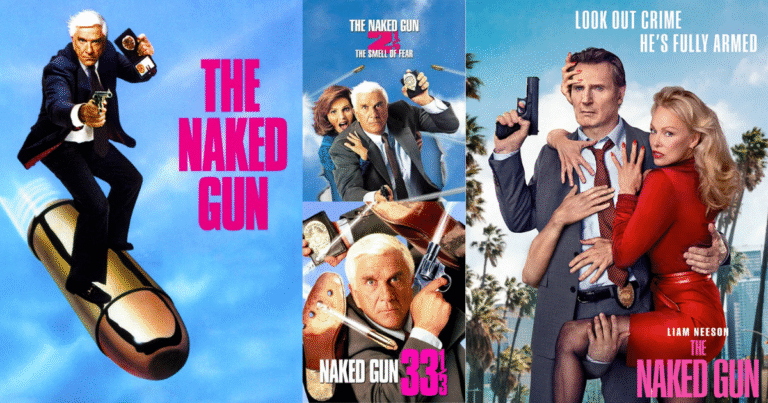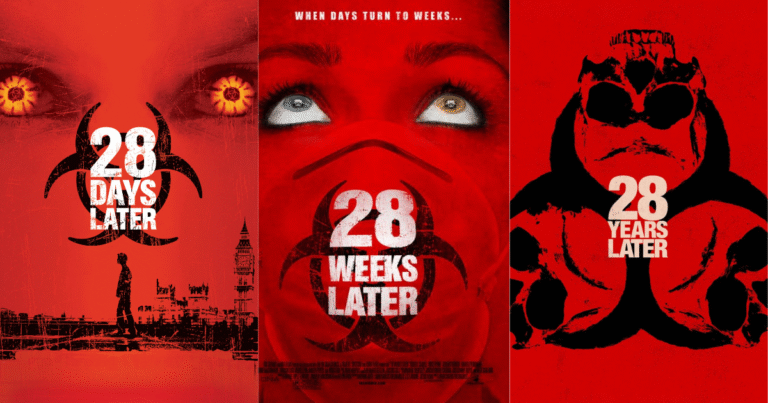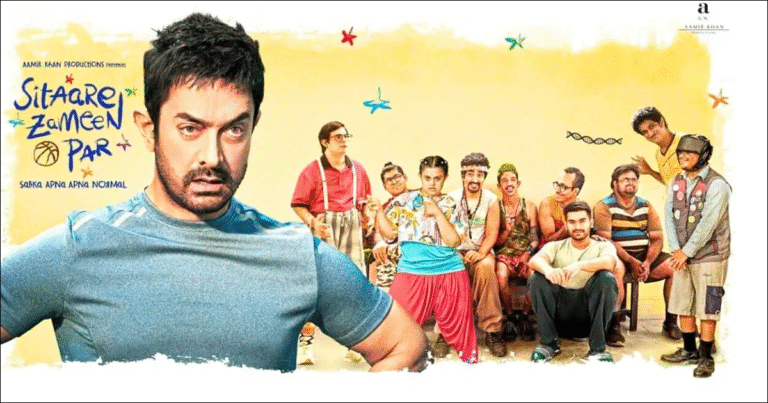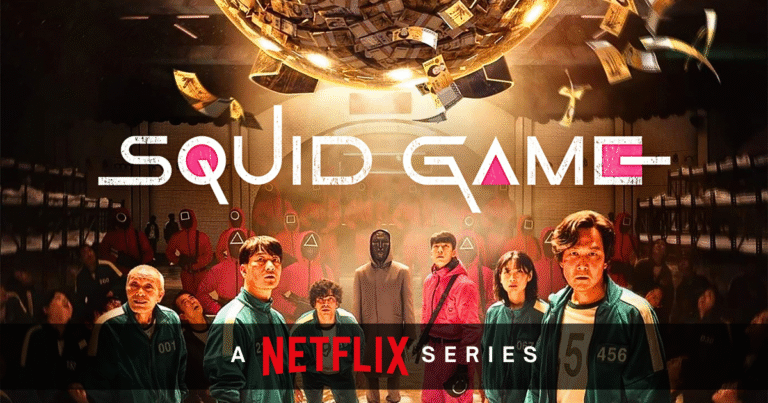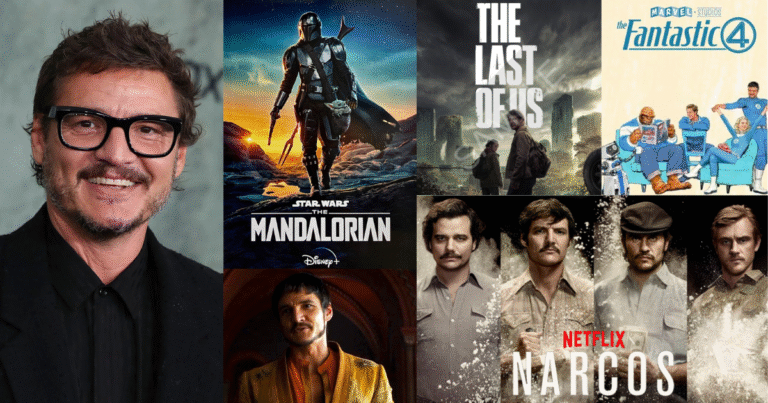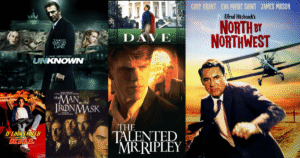Opening and end credits are more than just text on the screen, they set the tone, leave a final impression, and can even become iconic in their own right. From swirling typography to mood-setting animation, credit sequences have evolved from functional listings into works of visual, storytelling. Let’s take a closer look at how opening and end credits work, why they matter, and explore some memorable movie examples that nailed it.
Why Opening Credits Matter
The opening credits are the handshake before the story begins. They’re the first creative moment a filmmaker uses to guide the audience into the world of the film. Are we entering a gritty noir thriller? A whimsical fantasy? A tense psychological drama? The design, music, timing, and motion of the opening graphics all contribute to setting that tone.
Take Se7en (1995), for example. Its jagged typography, scratchy textures, and unsettling music instantly prepare us for the dark, obsessive world of the film. It’s not just a title sequence, it’s a character study in itself.
Opening Credits That Changed the Game
Here are a few films that used their opening credits not just as an introduction but as an extension of their narrative:
- Catch Me If You Can (2002): This animated credit sequence, with its jazzy score and minimalist illustrations, captures the spirit of the cat-and-mouse chase between Leonardo DiCaprio and Tom Hanks. It’s playful, stylish, and informative without giving anything away.
- Deadpool (2016): Instead of listing the actual names of the crew, the credits included sarcastic placeholders like “A Hot Chick” and “A Moody Teen.” This fourth-wall-breaking humor matched the irreverent tone of the movie, instantly telling the audience they were in for a wild ride.
- Skyfall (2012): Daniel Kleinman’s credit work for Bond films is always stunning, but Skyfall is a standout. With symbolic imagery tied to themes of death, memory, and legacy, all backed by Adele’s haunting theme, the credits act as both art and narrative foreshadowing.
The Rise of End Credit Graphics
End credits used to be an afterthought, just a scroll of names over a black screen. But today, they’ve become a canvas for creative expression. Especially in the era of post-credit scenes and audience loyalty, the visuals at the end of a film are more important than ever.
- Guardians of the Galaxy Vol. 2 (2017): The movie’s closing credits burst with animated fun, Easter eggs, and dancing characters. It keeps viewers entertained and encourages them to stay put, expecting more.
- Zombieland (2009): The end credits sequence is full of slow-motion zombie kills and visual callbacks to the movie’s humor and chaos. It’s not just a roll of names, it’s part of the show.
- The Grand Budapest Hotel (2014): Wes Anderson is known for his meticulous design choices, and his end credits are no exception. With stylized visuals and catchy music, the credits feel like an encore rather than a sign-off.
Typography and Motion Design: The Technical Side
From a graphic design perspective, movie credits are a playground for typographers and motion designers. Choosing the right typeface, color palette, animation style, and background visuals requires deep understanding of the film’s tone and genre.
For instance, horror films often use serif fonts and slow dissolves to create a creeping sense of dread (The Shining is a prime example). Meanwhile, action films lean into sharp, bold type with kinetic animation (Mission: Impossible – Fallout keeps things slick and fast-paced).
Motion design is also key. A credit sequence with smooth transitions, 3D text, or even live-action integration can elevate the production value. A great example is The Girl with the Dragon Tattoo (2011), where the opening credits use surreal, black-liquid CGI to hint at the psychological violence of the story.
Branding Through Credits
Modern franchises often use credit sequences to build brand identity. Think of Marvel Studios: the stylized flipping comic pages, dramatic score, and consistent design elements are instantly recognizable. Audiences associate the credit style with quality, excitement, and continuity.
Similarly, Pixar’s closing credit style often includes behind-the-scenes animations or nods to the story’s characters, reinforcing their emotional connection with the audience. It’s smart storytelling even after the story ends.
What Makes a Great Credit Sequence?
- Tone Match: It should reflect the genre and emotional landscape of the movie.
- Originality: Unconventional design grabs attention and becomes memorable.
- Story Integration: Hints, foreshadowing, or callbacks deepen the narrative.
- Design Cohesion: Typography, motion, and music should feel part of the same world.
- Viewer Engagement: Especially for end credits, keeping the audience watching is a win.
Final Thoughts
Opening and end credit sequences are often unsung heroes of filmmaking. They offer a rare mix of graphic design, storytelling, and music in just a few minutes. Done right, they’re not just informative, they’re unforgettable.
So next time you’re watching a movie, don’t skip the credits. There’s a good chance they’re telling you something important, or at the very least, putting on a visual show that deserves your attention.
Notable Mentions
- Fight Club (1999): The opening credits zoom through the human brain’s fear center, setting the tone for the psychological chaos to come.
- Panic Room (2002): Giant, floating 3D text blends seamlessly with New York’s skyline, showcasing David Fincher’s obsession with precise visual design.
- Superbad (2007): Silhouetted dancing animations over bold colors immediately establish the film’s retro vibe and goofy energy.
- Napoleon Dynamite (2004): The opening credits are handwritten on various quirky objects like tater tots and ID cards, perfectly capturing the film’s offbeat charm.
- Spider-Man: Into the Spider-Verse (2018): The closing credits explode with glitchy, comic-book visuals that reflect the movie’s unique animation style.
- Drive (2011): Neon pink cursive titles over nighttime LA streets echo the retro synth-wave aesthetic and cool detachment of the main character.
- The Incredibles (2004): Bold, 1960s-inspired motion graphics in the end credits maintain the film’s superhero-meets-vintage-spy feel.
- Watchmen (2009): The opening montage condenses decades of alternate history with slow-motion visuals and haunting music, an essential storytelling tool.
- The Pink Panther (1963): The animated Pink Panther character introduced in the opening credits became so beloved he spawned his own franchise.
- Enter the Void (2009): Arguably the most intense credits ever, rapid-fire fonts, flashing lights, and pounding music mirror the sensory overload of the film.
- Wonder Woman (2017): The end credits blend mythological artwork with powerful music, reinforcing Diana’s origin story and timeless heroism.
